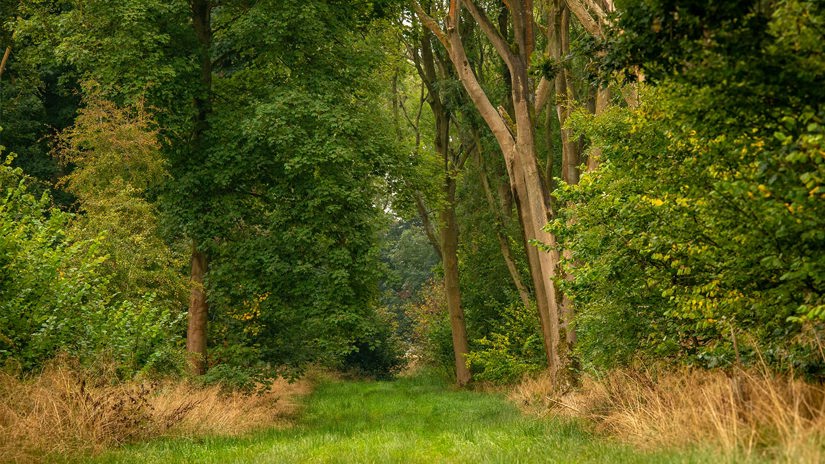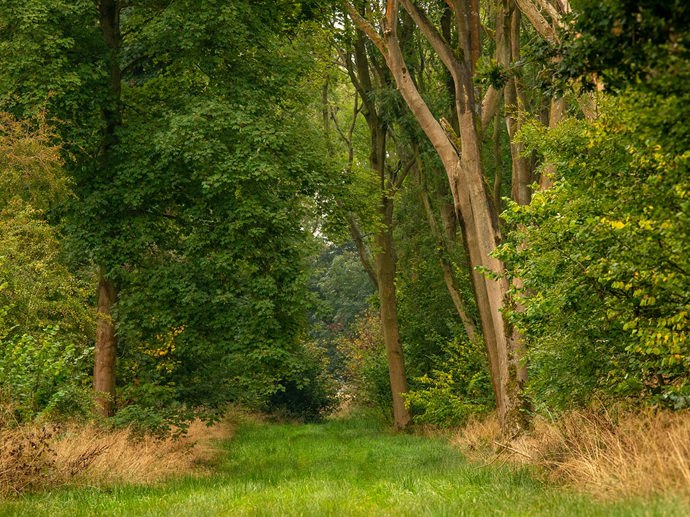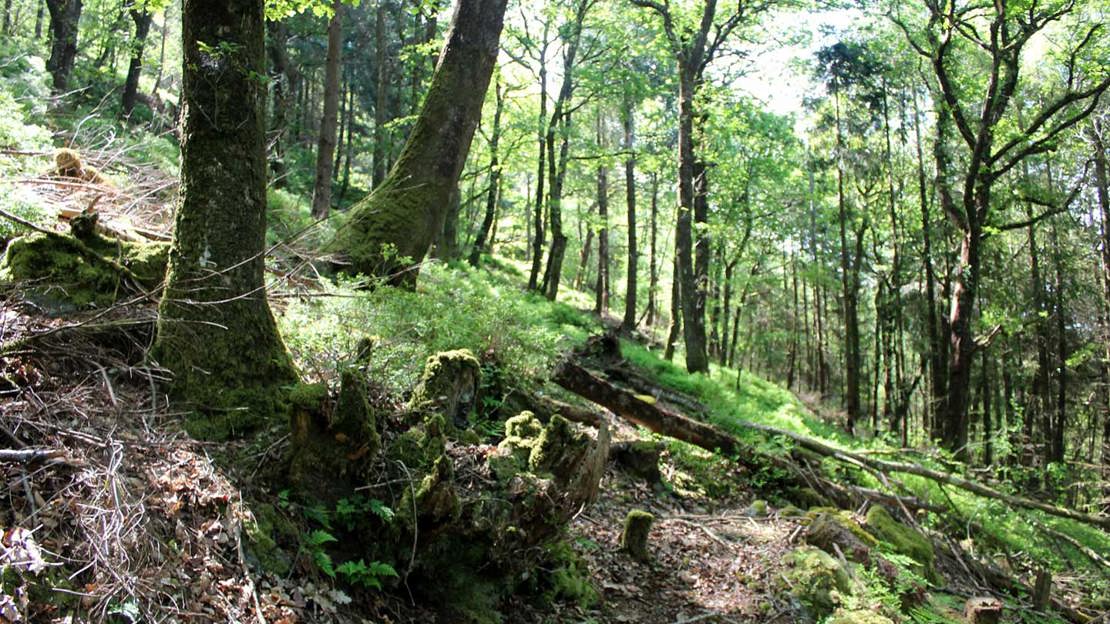

Harrison Woodlands appeal update
We've purchased Harrison Woodlands thanks to our generous supporters – but we still need your help.
Three phases define our approach to restoration as we restore and maximise the ecological integrity and resilience of these incredibly special places.

All ancient woods are unique and face varying challenges. The legacy of historical land management practices adds to the pressures of current and emerging threats.
Ancient woodland restoration is always a long-term process and must be adaptable to this constantly changing backdrop. It’s not an aspiration to return a woodland to some past condition. It’s about looking ahead to restore and maximise the ecological integrity and resilience of these incredibly special places.
Three phases define our approach to restoration. They can overlap and in some instances, happen at the same time. The key principles of restoration management include the premise that:
Management is always informed by an assessment process. This helps identify and record important features, their condition and threats so we can prioritise action.
By repeating these assessments, we can observe how the woodland is changing and how restoration is progressing.
For ancient woodland sites in the most critical condition, there is an urgent need to stop further decline. ‘First aid’ management is needed just to maintain and protect what remains. This is usually reactive and often targeted. It could include felling selected plantation trees or removing invasive plants.
Phase two is the long-term process of restoring a wider woodland ecosystem. Identified threats must be continually managed and reduced. This could include continued felling to promote native tree regeneration, reducing deer browsing, and developing structural complexity. An important part of phase two is being mindful of the potential outcomes of management. In most situations, this means using more gradual methods. This helps maintain adaptability and continuity over a process which can last many years.
Phase three is about maximising the ecological integrity of the site. This can often overlap with phase two, but needs dedicated thinking. We need to look ahead and plan for the succession of old trees and large deadwood by developing ‘future old-growth’ characteristics. Reintroductions may be needed to restore specific functions, processes and dynamism that are missing from the wood and its surroundings. Factors outside the wood are also addressed to further strengthen the integrity and resilience of ancient woodland habitats.
Ancient woodlands can’t be restored single-handedly. We work with other landowners, and managers, organisations and forestry professionals on restoration projects across the UK.
We have developed and practised ancient woodland restoration management for decades. We’ve gained support from the wider forestry community, with our approach accepted as best practice in:
More than 8,000ha of our estate is ancient woodland. These sites are all different sizes, in different parts of the UK and at various phases in the restoration process.
Our recent acquisitions are at the start of the journey. They include Fingle Woods in Devon, where we’re working with the National Trust pioneering one of the largest restoration projects in the UK.
Others have been under restoration for many years. Coed Hafod-y-Llyn in Snowdonia and Old Wood in Lincolnshire, for example, both began restoration in the 1990s.
Even for longstanding restoration sites there are always new challenges. At Wentwood in South Wales, we have had to respond and adapt restoration in the face of tree disease.


We've purchased Harrison Woodlands thanks to our generous supporters – but we still need your help.